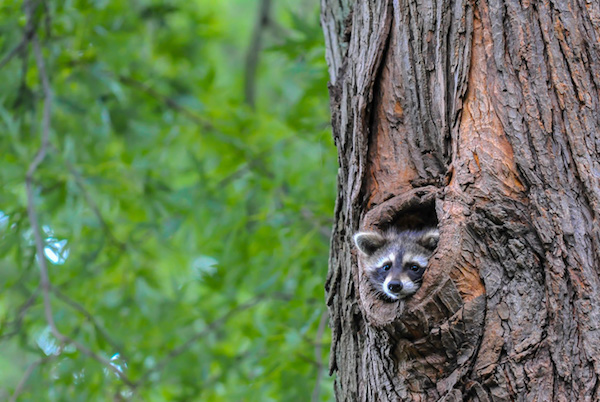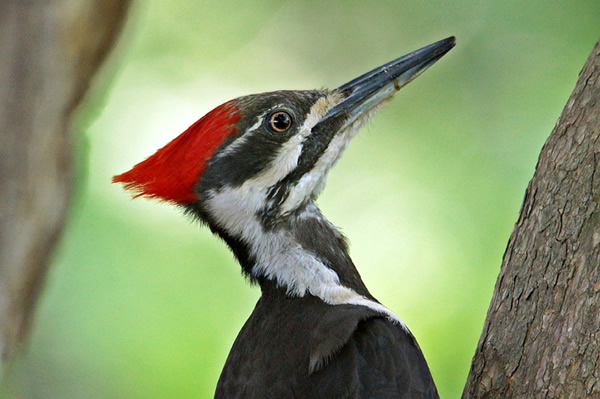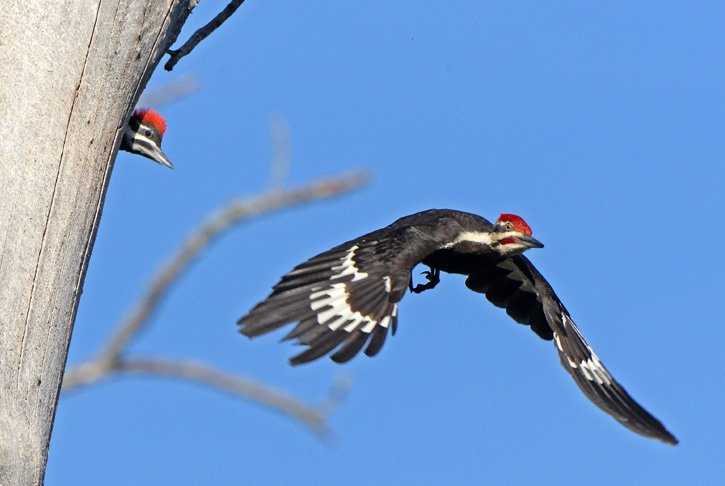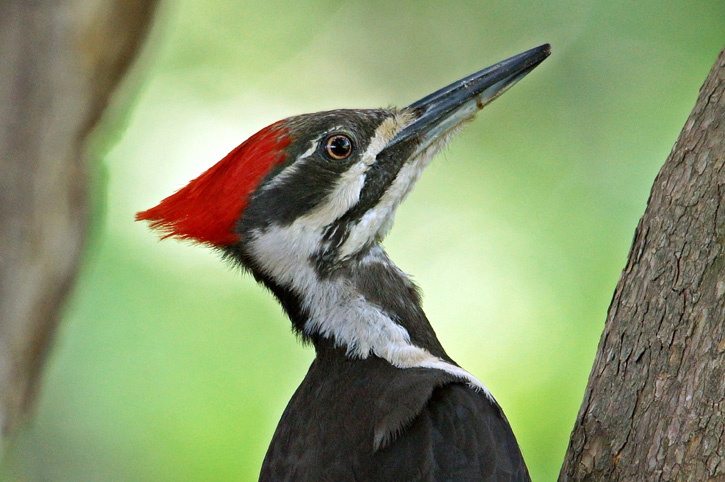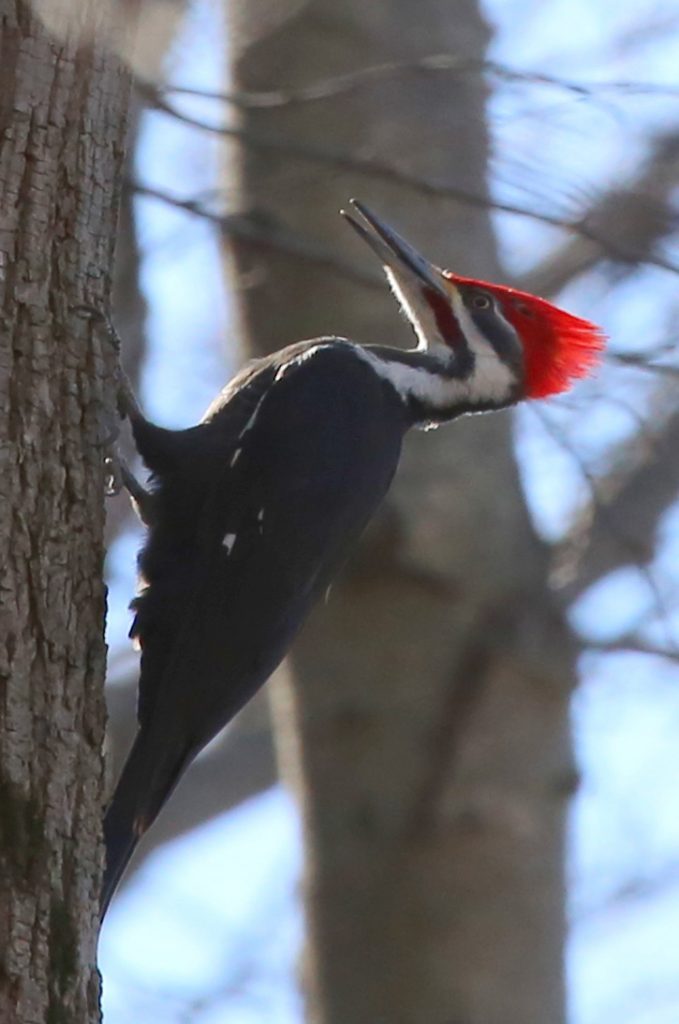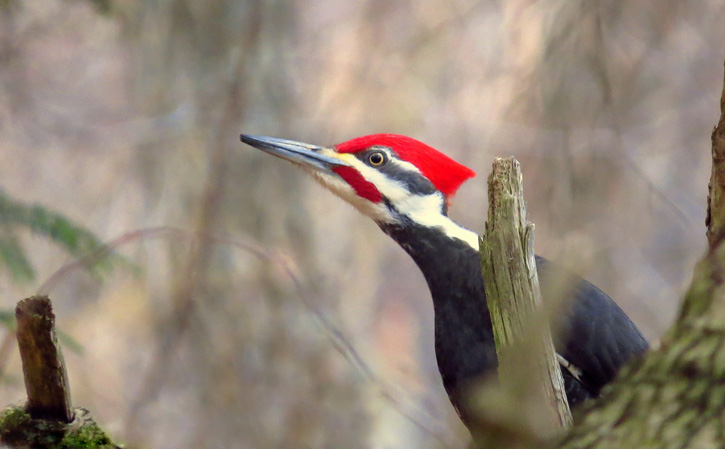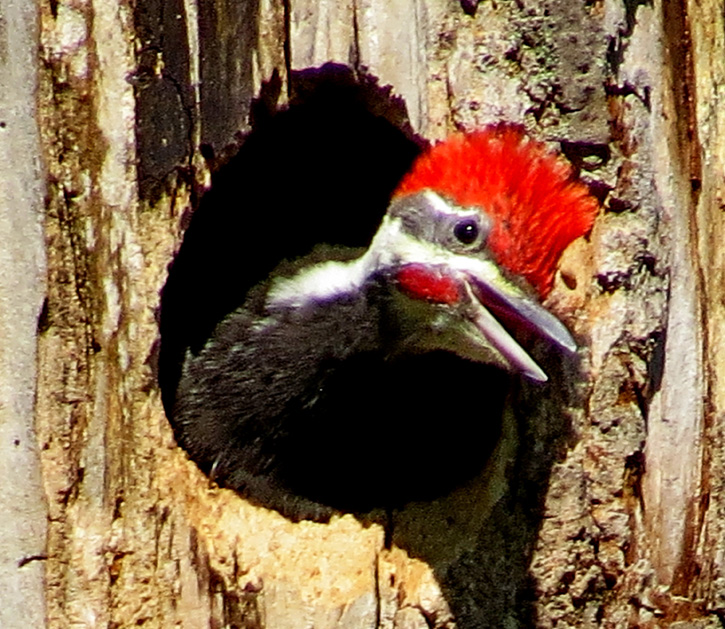Mating season for raccoons winds down around the end of March so females will be looking for safe place to establish a nest within the next month or two, often in a hollow tree, chimney, or similar cavity. She will raise her 2–5 young here for about the first eight weeks of their lives, then as the young gain mobility, the whole family will move on.
Because they can find good food where people live, these furry bandits have increasingly made their homes in urban and suburban neighborhoods where food litter, trash cans, and dumpsters are plentiful. This can potentially cause issues if they move into your chimney or attic. Learn more about what to do if you have raccoons in your chimney, attic, trash, or garden.
We should note that raccoons can transmit disease to other wildlife, pets, and occasionally to humans, so while there’s no need to panic if you see a raccoon in your yard, it is best to avoid contact with them.
Got a cute picture of a furry critter? Submissions for the 2018 Picture This: Your Great Outdoors photo contest open in early summer, so stay tuned! In the meantime, enjoy these five cute raccoon photos that have been submitted to the contest in the past.
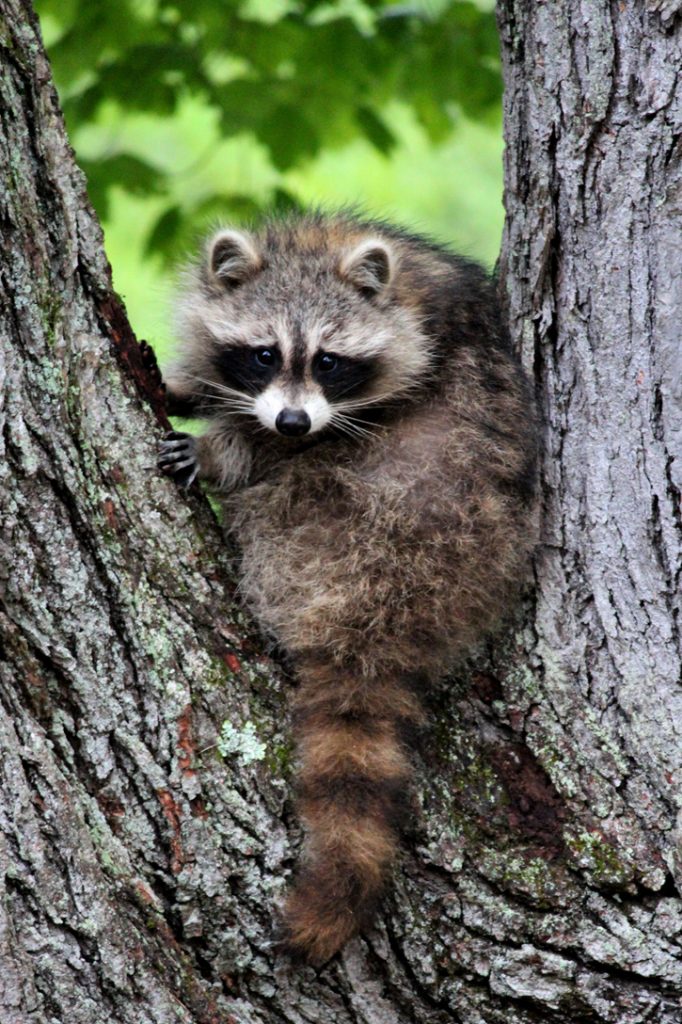
Raccoon © Roberta Dell Anno
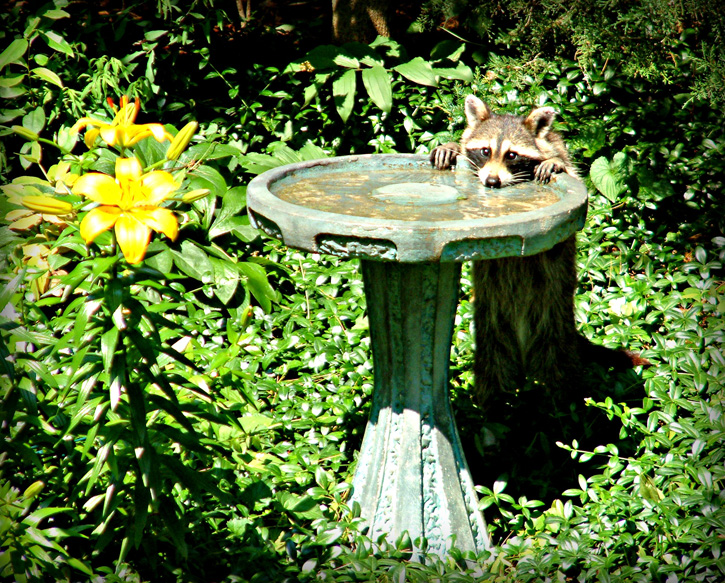
Raccoon © Lisa Gurney
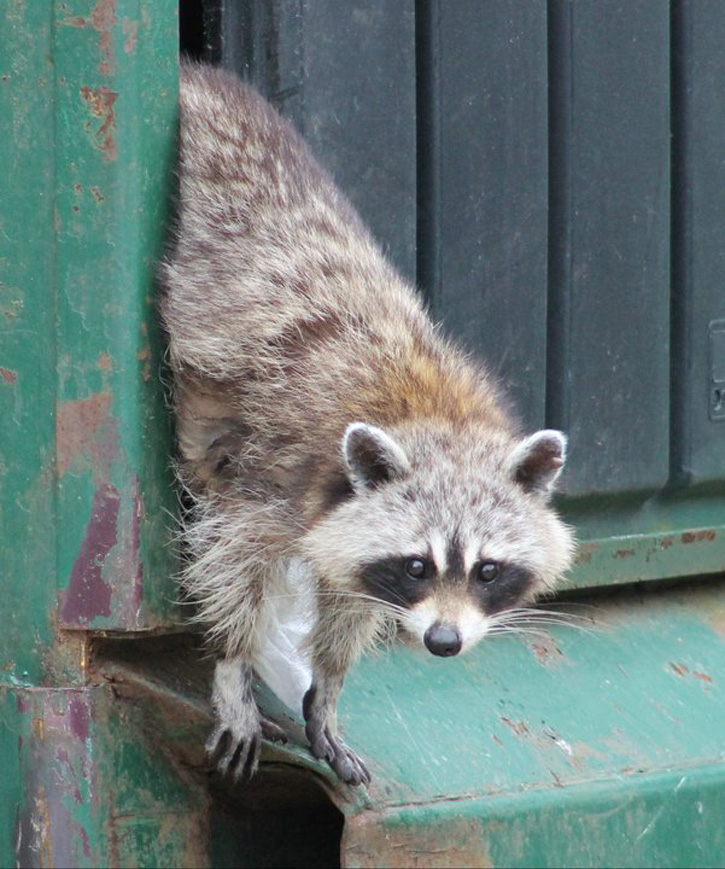
Raccoon © Steven Brasier
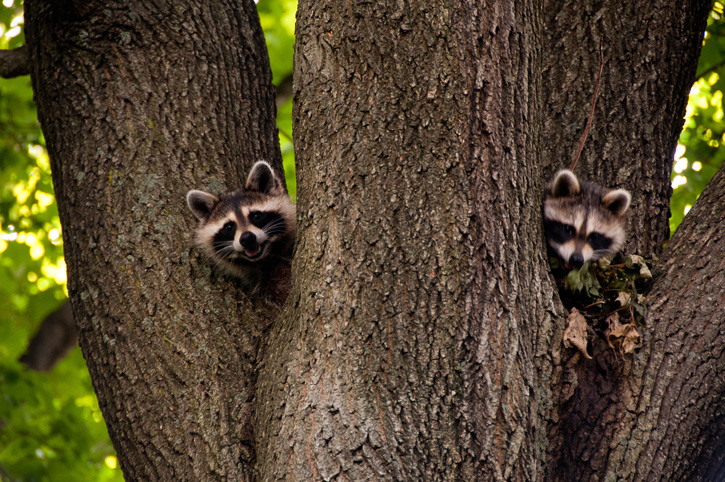
Raccoons © Kwan Cheung
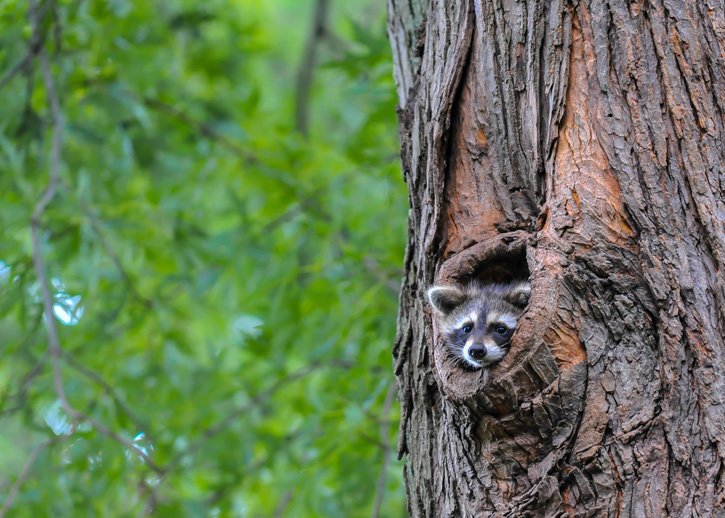
Raccoon © David Morris


